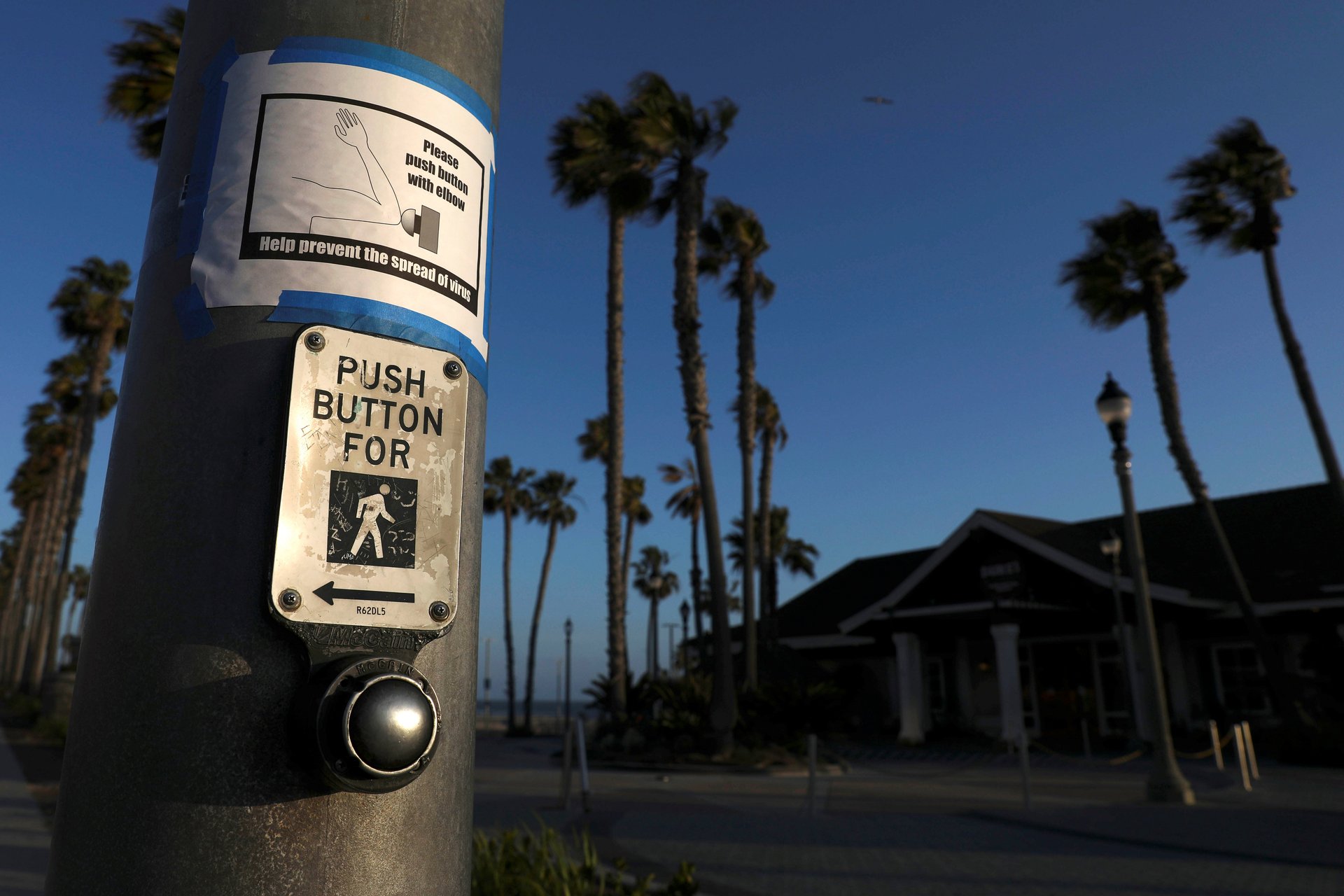Cities that favored pedestrians over cars are reversing course
When the coronavirus arrived in 2020, US city leaders promoting social distancing and outdoor recreation upended the historical hierarchy on America’s streets: pedestrians were prioritized over cars. From automated crosswalks to slow-streets banning vehicles, urban residents suddenly saw their streets turned into safer, public spaces overnight.


When the coronavirus arrived in 2020, US city leaders promoting social distancing and outdoor recreation upended the historical hierarchy on America’s streets: pedestrians were prioritized over cars. From automated crosswalks to slow-streets banning vehicles, urban residents suddenly saw their streets turned into safer, public spaces overnight.
As movement patterns in cities slowly return to pre-pandemic levels, some governments are reversing those decisions, much to the chagrin of pedestrians who’ve enjoyed their newfound freedom. That’s inflaming an ongoing debate about whether cars or people should take precedence in street planning policy.
Prioritizing pedestrians at crosswalks
For decades, pedestrian crosswalks in North America and Europe have featured “beg buttons” at intersections. Walkers press the ubiquitous buttons to stop vehicle traffic and cross. But at the start of the pandemic, US cities began reprogramming more of their pedestrian walk signals to cycle automatically without pressing out of concern they might transmit the novel coronavirus.
Arlington, Virginia in a densely populated county of about 200,000 people was one of the places that converted all of its signals to turn on automatically. But on Aug. 18, the county government announced it would revert to using pedestrian signal buttons at 93 intersections as vehicle traffic picks back up. Automatic crossing signals will only remain in place at intersections in three corridors with the most pedestrian traffic.
The move is meant to improve safety for walkers, but in practice, crosswalk buttons often prioritize vehicle traffic at the expense of pedestrians. Reports from multiple cities have found that the buttons don’t actually have an effect on traffic lights. Where they do have an impact, the pedestrian button can delay pedestrians if they don’t time it correctly.
While push buttons help pedestrians with visual or hearing impairments by making sounds and vibrations to indicate it’s safe to cross, studies have shown that pedestrian delays lead to more deadly encounters with cars when they choose to cross against traffic. Traffic experts at the National Association of City Transportation Officials recommend automated crossing signals for the way they integrate pedestrians more seamlessly into the flow of traffic and set their expectations for crossing, even if it means more interruptions for cars.
“It’s a very visible symbol of how so much of our street design is based on how many cars can move down the road rather than how many people can move about their community,” says Mike McGinn, executive director of America Walks, a non-profit advocating for city walkability.
Not everywhere is reversing course, however. At the start of the year, Seattle decided to make its automatic walk signals permanent in about two-thirds of the city. Providence, Rhode Island also made their changes to the pedestrian signal system permanent.
Car-free streets face uncertain future
The biggest struggle over city streets may be the fate of “slow streets” policies rolled out during the pandemic. The movement, which swept quickly across American cities in the spring of 2020, limited traffic on certain streets in favor of pedestrians and bikers. The moves were popular early on as many Americans ditched their cars for bicycles, but are now facing pressure as drivers return.
San Francisco reopened its Great Highway to motorists in August after being vehicle-free for more than a year. City residents are now fighting to permanently close the thoroughfare to vehicle traffic. In New York City, a move to make 34th Avenue in Queens closed to cars permanently is facing backlash. Washington DC ended its 22 miles of “slow streets” in May of this year.
“Around the country, there were a lot of steps taken to make it easier for people to move around the community,” says McGinn. There’s this feeling now as we return to ‘normality’, that normality is supposed to include giving cars priority in the streets.”